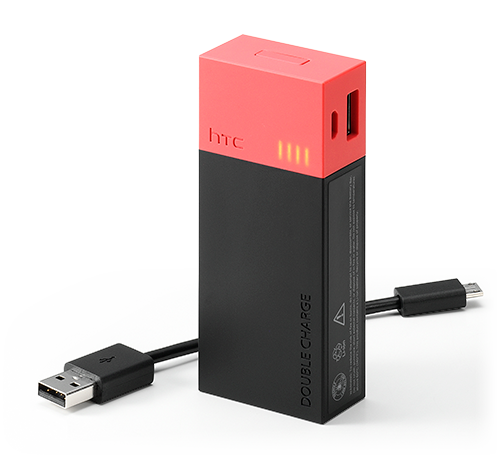Lithium-ion batteries are in because of their high energy density, in comparison with other battery types, relatively low weight, its insensitivity to the so-called memory effect and low self-discharge since nearly ten years first choice for energy storage for mobile devices of all kinds Sorry the development of battery technology is not with the increasing energy demand of the terminals, especially the current flagship Smartphone, held in recent years, step and alternative battery technologies are therefore not in sight. The lithium-ion batteries will remain so even get us some time, so it’s worth taking a look, how best to maintain its battery and prevents errors:
1. Lithium-ion batteries wear out by charging. Modern batteries should cope 700-1000 recharges before the maximum capacity falls below 90% of the original value. Are measured here, the charging cycles.
2. Charging from 0% to 100% is a charge cycle. Furthermore, as no full loads are about 80% to count to 100%, there is disagreement. Current sources assume that a charge cycle is only achieved when the battery was five times as brought from 80% to 100%.
3.After the battery is fully charged, you should disconnect it from the charger as soon as possible to prevent premature aging. For newer devices, the charging process is automatically interrupted and then but resumed only when the capacity drops below 95%.
4. Lithium-ion batteries require no conditioning, so it is not necessary to fully recharge the batteries unpacking new equipment once and then several times to fully discharge.
5. The devices come with an optimum for longer storage charge level of 40 to 50%. Other sources report 50 to 80%. Batteries should also always be outside the device and ideally stored in the refrigerator, because high temperatures accelerate aging.
6. Slow loading means gentle overcharging and lengthens battery life. For this reason, Qualcomm Quick Charge technology is probably disabled the HTC one. Whether you make the disadvantages fast charging within a typical battery life of two years to become apparent, however, is questionable.
7. In general, any modern lithium-ion battery can be recharged with each principle suitable for mobile devices charger without having to worry about their performance, the charging circuitry of the device that is always draws only as much power (0.8 to 1.2 amps ), can tolerate the device as the battery respectively. The downside of course is that charging is barely faster with stronger chargers usually.
8. Lithium-ion batteries should not be discharged completely as possible, as this may impair the capacity in case of recurrence significantly.
9. Charge the battery from 0% to 100%, this has not made a positive impact on the capacity. For nickel-cadmium batteries, the so-called pumping can increase the capacity again, lithium-ion batteries, however, more likely to suffer particularly high or low charge levels. However, by fully discharging and recharging the batteries, the charging electronics often be readjusted, which can lead to more correct charge indicators.
10. Loading the last 5% of 95% to 100% usually takes too long because the charging current in this area is greatly reduced and it is really only a trickle charge.






Comments
Loading…